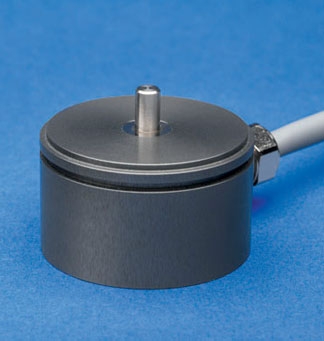
What’s the difference between a tachometer and an encoder? Basically, the short answer is that a tachometer gives speed information only — how fast a piece of machinery is rotating — while an encoder gives position information about some piece of machinery … in other words, where it is in space at some given time).
The information can be about rotary position (as with rotary encoders) or linear position with linear encoders.
Encoders take rotary position and convert it to either an analog or digital signal. Encoders can also take information about position and calculate speed, so in this sense they are more versatile than a simple tachometer.
However, modern tachometers aren’t only confined to machine-mounted units.
Aside from the traditional round, analog display type, a range of companies manufacture hand-held models that use lasers to measure speed of rotating equipment.
So if speed is the only variable of interest, then a simple tachometer will do the job and you won’t be paying more for extra functionality that you don’t need.
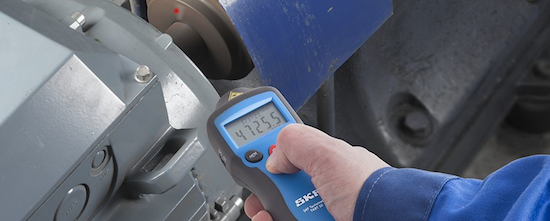

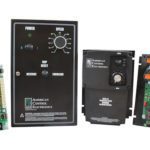
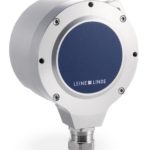
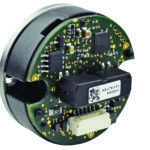
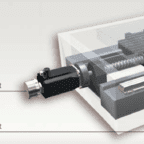
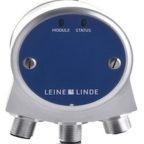

Leave a Reply
You must be logged in to post a comment.